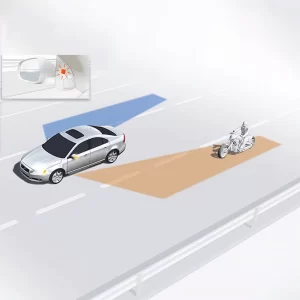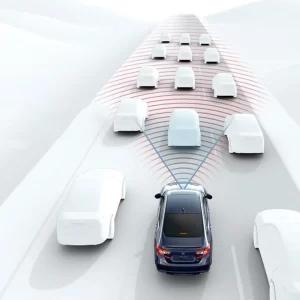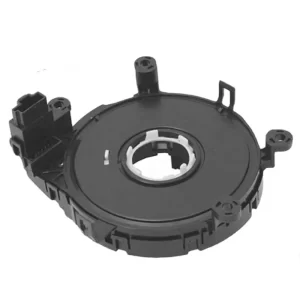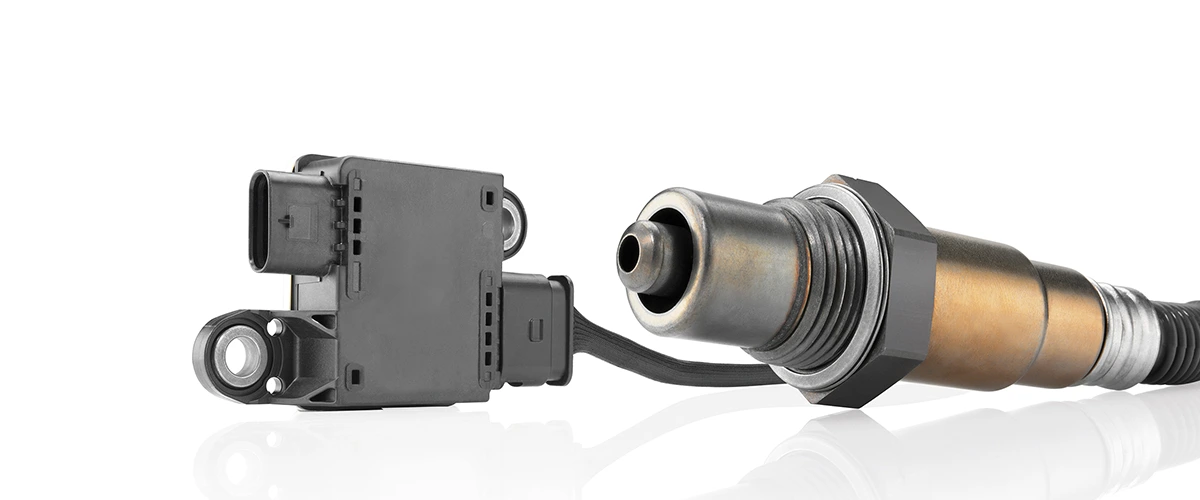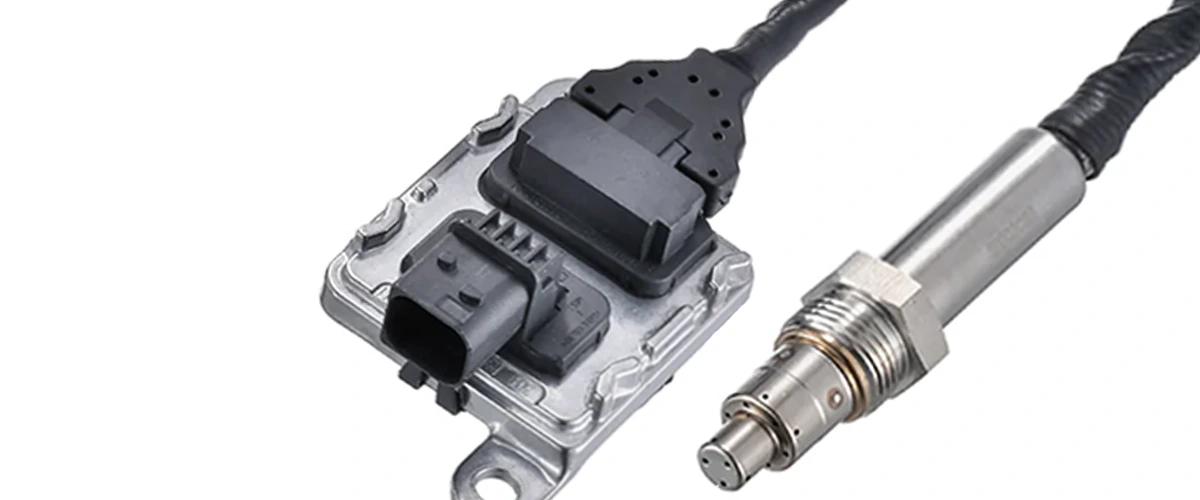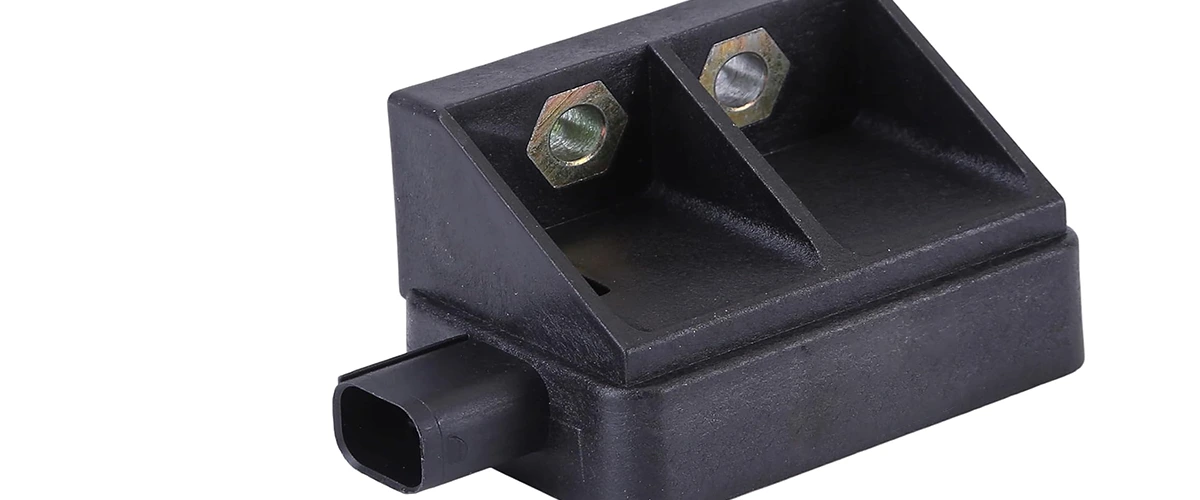How ABS sensor work & failed?
While traditional braking components may not have changed much, the addition of electronic controls has made braking systems much safer and smarter than ever before. Technologies such as anti-lock brakes (ABS), electronic stability and brake assist are now common place. However, none of this would be possible without one small but important device; ABS or wheel speed sensor. Because a faulty sensor can adversely affect the performance of these systems, knowing what the sensor does, why and how it fails, and how to diagnose and replace a faulty sensor is critical.
How ABS sensor work?
In short, the ABS sensor monitors wheel speed and rotation to optimize both braking and traction control with ABS. Typically mounted on the wheel, it consists of two components: a reflector wheel or tone ring placed on the axle that rotates with the wheel, and either a magnetic or gray effect sensor that sends data to the ABS control module. Wheel speed data is used to determine when to activate ABS and how much pressure it should safely apply to stop the vehicle without locking up the brakes. The ABS control unit also provides wheel speed information to other systems (engine, transmission, navigation and chassis control systems) via data lines.
Why ABS sensor failed?
Given its location, the reflector wheel or tone ring can easily become dirty or damaged. Similarly, dust can accumulate on the sensor. Both can cause an unusual signal or even no signal at all. Other common reasons for failure are:
- Wiring/sensor coil breaks due to excessive vibration
- Internal short circuits
- Greater clearance of wheel bearings
- Damage when replacing other brake systems
What to pay attention to in the case of a failed ABS sensor?
A faulty ABS sensor affects a number of important braking functions and shows some obvious warning signs, including:
- ABS Light: This is usually the first sign of a problem with the ABS system – it can be caused by either the sensor or the control module.
- Traction Control Light: Since the ABS sensor also transmits data to the traction control system, problems can illuminate this light as well.
- Reduced braking power under heavy braking: The vehicle may take longer to stop or lose traction and control under heavy braking.
- Less stability in wet or icy conditions: When driving on wet or icy roads, the driver may experience less traction and tire slippage.
Troubleshooting an ABS sensor
To identify the source of sensor failures, consider the following steps:
- Connect the diagnostic tool, record the fault codes and check the ABS sensor real-time data parameters.
- Use a multimeter and oscilloscope to check supply voltages and signals using – take a measurement from the sensor connector to test the entire line between the control unit and the sensor.
- Check sensor connections and wires for proper placement and securement and for signs of damage or contamination.
- Check the sensor and pulse ring for damage.
- If dirt is present, clean the contact surface with a wire brush.
Common fault codes
Common fault codes and causes include:
- C0060: Left front ABS solenoid 1 circuit malfunction
- C0065: Left front ABS solenoid 2 circuit malfunction
- C0070: Right front ABS solenoid 1 circuit malfunction
- C0075: Right front ABS solenoid 2 circuit malfunction
- C0080: Left rear ABS solenoid 1 circuit malfunction
- C0085: Left rear ABS solenoid 2 circuit malfunction
- C0090: Right rear ABS solenoid 1 circuit malfunction
- C0095: Right rear ABS solenoid 2 circuit malfunction
What to pay attention to in the case of a failed ABS sensor?
If you have determined that the ABS sensor is at fault, follow these simple steps to replace the best practice sensor:
- To start, loosen the wheel nuts before jacking the car up (do not remove wheel nuts yet). Consult your owner’s manual for correct jacking points, and ensure that the vehicle is raised and supported securely.
- Remove the wheels and move to the side to access the brake system.
- You may also need to remove the brake pads and discs to view and access the ABS sensor. Watch our YouTube video for best practice advice on how to do this.
- Once accessible, remove the bolt that holds the sensor onto the hub and the clips that secure the sensor wiring to the vehicle’s chassis/body.
- Then unplug the sensor.
- Clean the area around the sensor with an emery cloth.
- Working in reverse order, it’s now time to install the new ABS sensor. Start by plugging in the sensor and then routing the harness back so it is secured to the body/chassis. Then insert it into the hub.
- If you had to remove the pads and discs, reinstall and torque to the correct specifications
- Refit the wheels, tighten and lower the vehicle to the ground.
- Then torque tighten the wheels to the manufacturers specification.
- Reconnect the diagnostic kit and delete any fault code(s). Run the engine, and recheck for any new fault codes. Exit the diagnostic software and switch off the ignition.
- Finally check that the check engine light has been extinguished, then carry out a road test.
How to replace ABS sensor?
If you have determined that the ABS sensor is at fault, follow these simple steps to replace the best practice sensor:
- To start, loosen the wheel nuts before raising the car (do not remove the wheel nuts yet). Consult the owner’s manual to find the correct lifting points and make sure the vehicle is securely lifted and supported.
- Remove the wheels and move to the side to access the brake system.
- It may also be necessary to remove the brake pads and discs to view and access the ABS sensor. Watch our YouTube video for best practices on how to do this.
- If the sensor is accessible, remove the bolt that holds the sensor to the hub and the clips that secure the sensor wires to the vehicle chassis/body.
- Then remove the sensor.
- Clean the area around the sensor with a smarry cloth.
- Working in reverse order, it is now time to install the new ABS sensor. Start by connecting the sensor and then route the strap back so that it is attached to the body/chassis. Then insert it into the center.
- If you had to remove the pads and discs, install and torque to the correct specifications
- Work the wheels again, tighten and lower the vehicle to the ground.
- Then tighten the wheels to the manufacturer’s specification.
- Reconnect the diagnostic kit and clear all fault codes. Start the engine and check for new trouble codes. Exit the diagnostic software and turn off the ignition.
- Finally, check that the check engine lights are off and then do a road test.
Get Full Support
MOOCAR — as a leading exporter, we are continually developing breakthrough sensing and actuating solutions to help optimize emissions control, fuel economy, and drivability. In addition to the above parts, we offer full support of data, market information.

